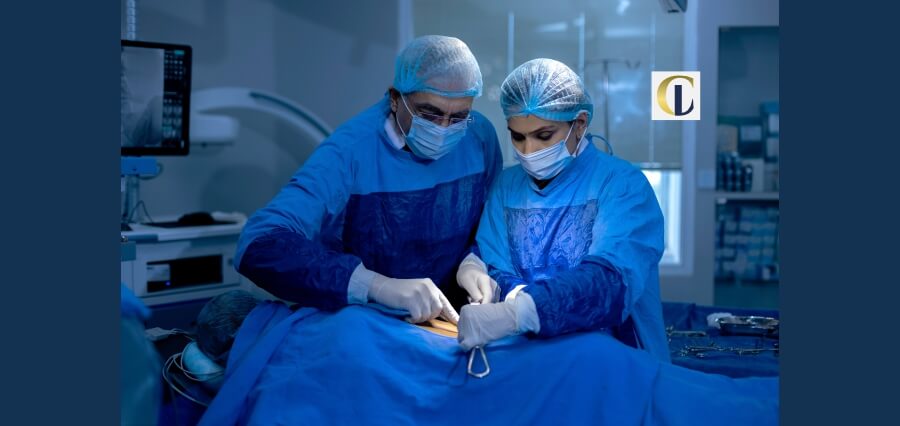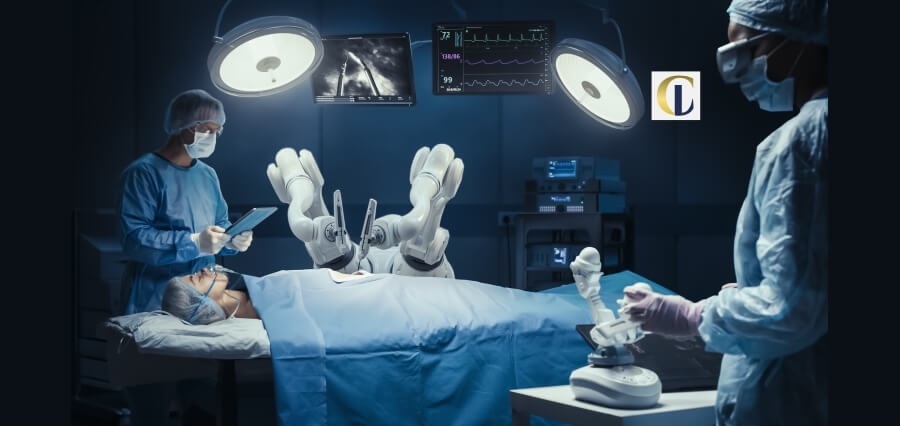Effective Healers
The history of modem medicine, and particularly in health care, has been revolutionized virtually less by cumulative scientific research, but by vision and daring hands of great surgeons. They are not technical specialists; they are revolutionaries, seeing and thinking out methods unattainable previously only on paper. Their impact spreads far beyond the hospital surgical suite, into medical education, health care policy, and the very definition of convalescence and patient care. To understand the intricacy of health care today is to begin with the part visionary surgeons have played in its construction.
Most obvious and most direct of the visionary surgeons’ contributions is in the establishment of new surgical techniques. Pioneers like Dr. Michael DeBakey and Dr. Christiaan Barnard, to give a couple of examples, not only performed intricate cardiac surgery but revolutionized it. What they accomplished set the standard for modern cardiovascular surgery, reduced once-lethal illness to chronic disease status. The evolution of minimally invasive, laparoscopic, and robotic-assisted surgery is also a product of unrelenting resolve towards less traumatic and more precise procedures. These technologies, fueled by the need to reduce recovery times for patients and improve cosmetic outcomes, initially were met with suspicion but embraced by visionary surgeons who recognized their long-term payoff. They worked around the clock, perfecting new methods, creating new tools, and constructing curriculum to transfer these skills, really raising the world’s level of care. This emphasis on technique and safety lowered surgical morbidity and mortality rates dramatically, a quiet revolution that has granted all of us many years of life.
Aside from technical skill, this leaders’ wide-reaching impact can be seen in their attitude towards clinical research and inter-disciplinary collaboration. Innovative surgeons have led the way in putting bench science into bedside practice. They are optimally positioned to identify the unmet clinical issues to be solved by fundamental science and challenge researchers to move on issues of immediate patient import. As an example, the need for better material to enable tissue regeneration or better imaging in the course of advanced oncological resections is typically prompted by a vision adopted by a surgeon in a difficult case. Their in-bed experience is the primary feedback loop powering technology innovation. Additionally, the intricacy of modern surgery necessitates teamwork. The most visionary surgeons are not just better clinicians but also foster a culture of excellence, mentoring other clinicians and care coordination among anesthesiologists, radiologists, nurses, and allied health clinicians. This integrated practice keeps patient care as a continuous process, from preoperative planning and intraoperative implementation to postoperative rehabilitation, with optimal chance for effective long-term outcomes.
The position of visionary surgeons is also conforming to the ethics and philosophy of medical practice. Surgeons, constantly having to make decisions between life and death under extreme pressure, are tasked with concentrating on the ethical dimension of their practice more intensively than most other specialists. Their capacity to estimate risks, to push against what it is feasible to accomplish, has created good controversies about medical futility, quality of life, and informed consent. Creative surgeons like Dr. Thomas Starzl’s early experimentation with organ transplantation provoked deeply sincere social and legal questions about brain death, resource distribution, and ethical recovery of donor organs. These controversies, and they were surgeon-led, bred nuanced ethics and government policy that guide nuanced medical interventions today. They forced society to confront its potential and its limitations, resulting in a health sector more patient-focused in decision-making, more transparent, and accountable.
One of the great, but oftentimes overlooked, aspects of their legacy is visionary surgeons’ strategic and administrative leadership in structuring modern systems of healthcare. A few of the world’s greatest medical institutions were founded or entirely rebuilt by surgical leaders. They understood that surgical excellence needs concentrated infrastructure—special operating rooms, advanced imaging, and specialty critical care. They subscribe to keeping up with health trends and typically maintain a large administrative position of department chairs, hospital CEOs, or medical school deans. Holding such positions, they lead systemic change to make health care delivery effective, high-tech, and cost-effective. Its worth in gold is their perspective in that they directly address the cost and logistics challenge of high-acuity care, so they can make wise decisions about resource use, process design, and capital investment. This deliberate involvement guarantees that the very core purpose of healing remains anchored to working realities, hardening health care and making it work better.
Finally, to effectively achieve the revolution in current health care practice is to effectively sustain the leadership, continued operation of the visionary surgeons. They have provided the appropriate mix of technical innovation, scientific investigation, moral guidance, and administrative vision. Their courage in defying the formerly incurable diseases, their persistence in deep study, and their unabated devotion to the individual patient have all served to elevate the whole practice of medicine to an even higher level. The methods they developed, the personnel they educated, and the ethics standards they imparted to all of us are still today the measure by which the health care of our era is judged. Their legacy continues to motivate not only the subsequent generation of physicians who will take their places, but engineers, managers, and decision-makers alike who collectively are responsible for health’s future anywhere. Their endeavor is no dress rehearsal in history; it is a living, dynamic energy constantly pushing the frontiers of human potential toward expression of healing.




